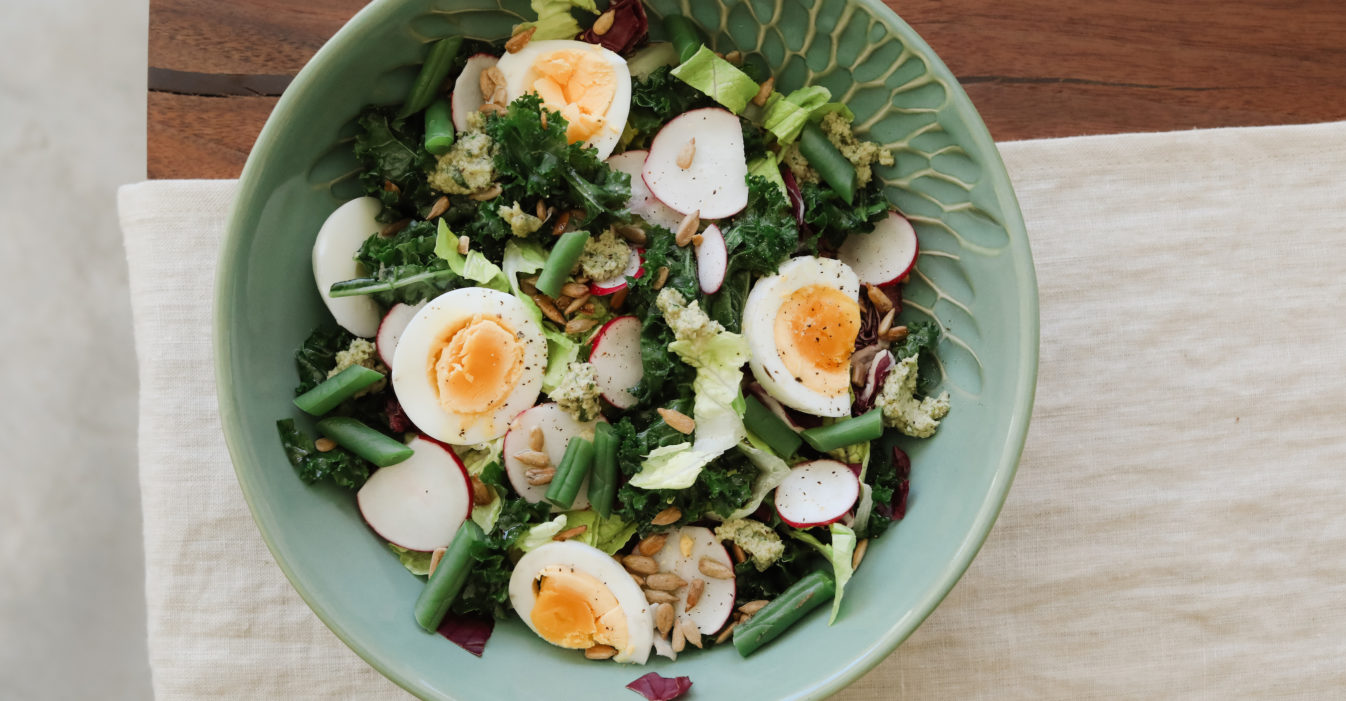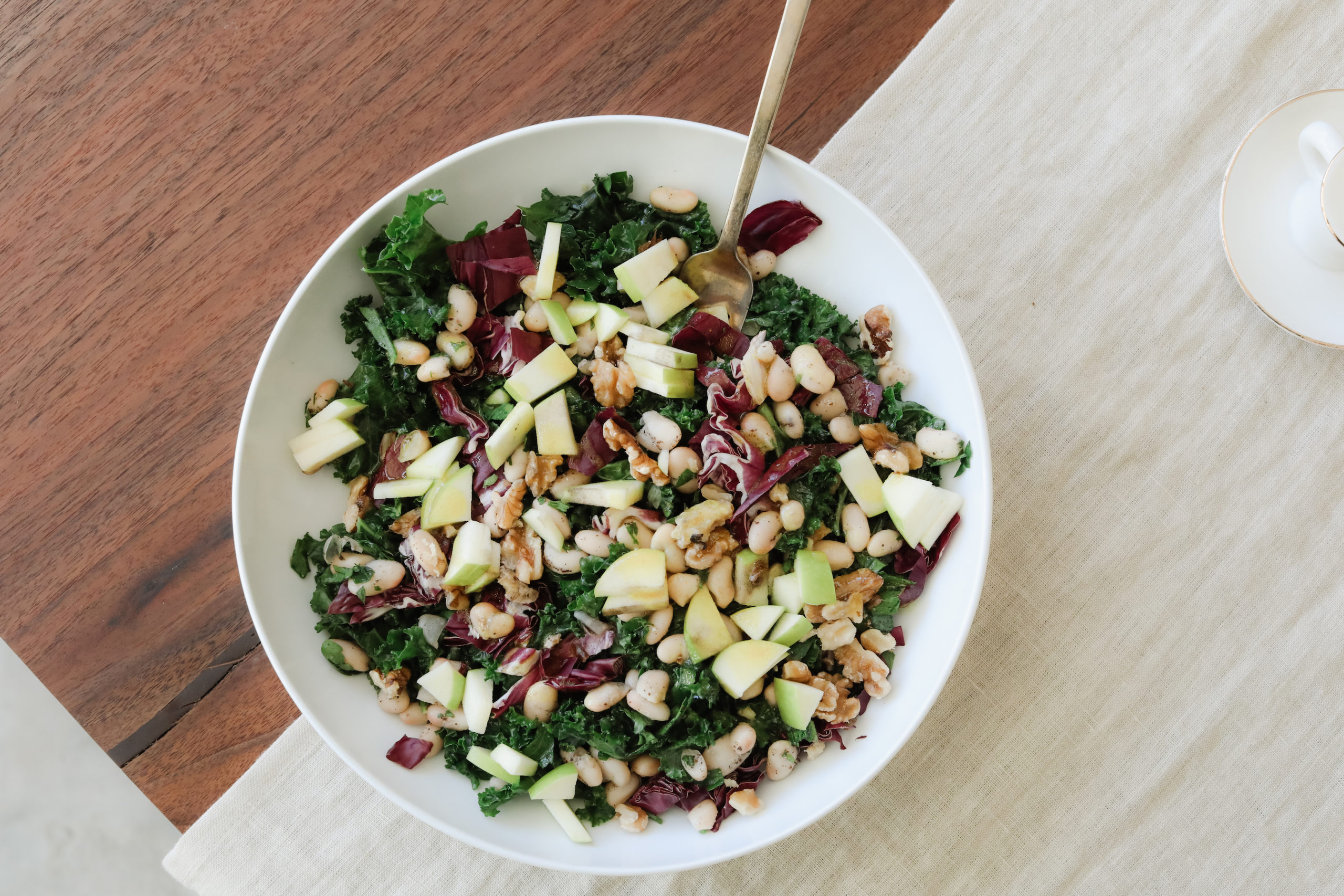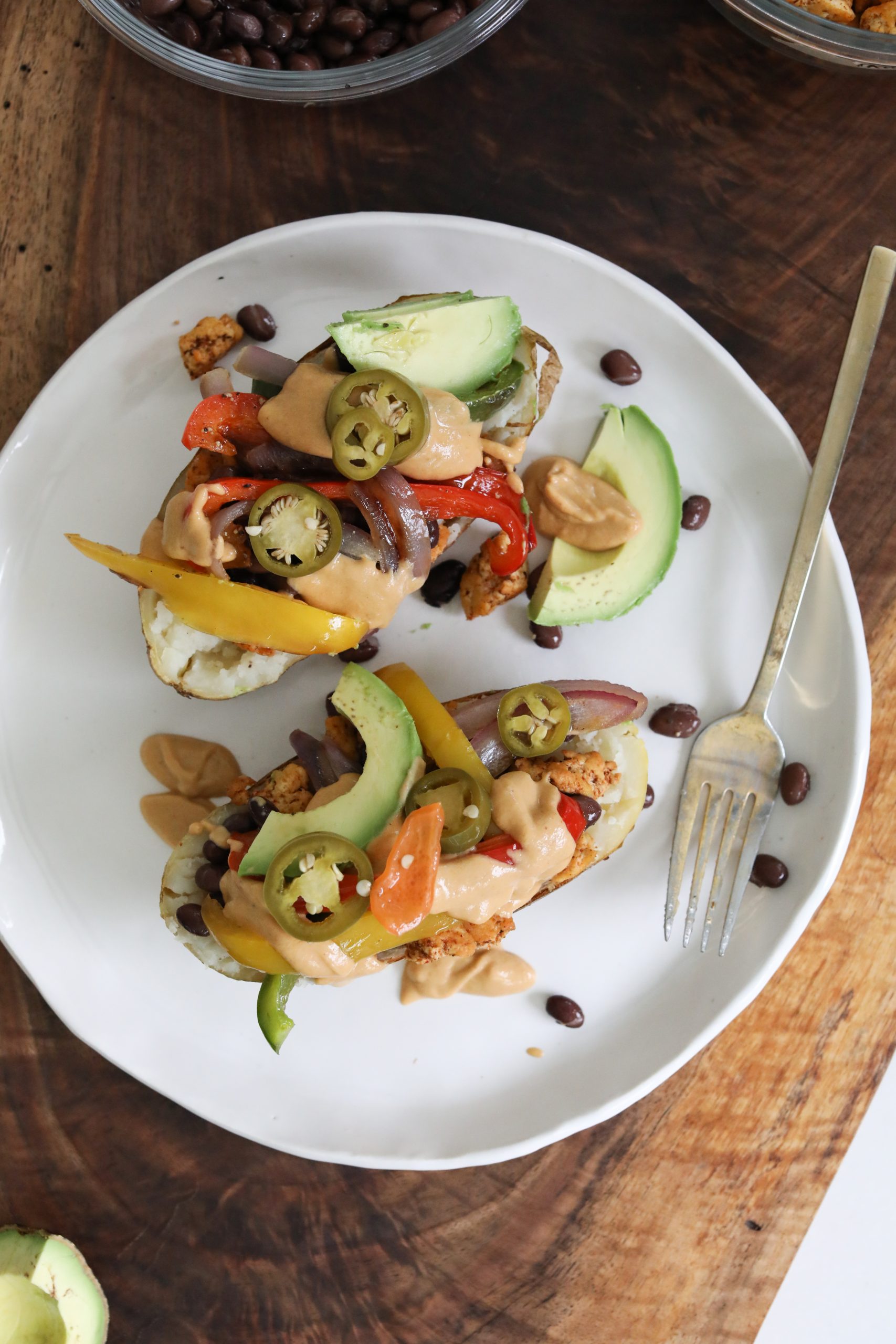Learn the basic formula you need to build a balanced plate with ease in a sustainable, consistent way to optimize your health and wellness.
We start hearing at a very young age that a balanced diet is key to maintaining a healthy lifestyle. We even hear this from doctors and other health practitioners alike. But oftentimes, the details and logistics of exactly how to do this are left out.
Knowing how to build a balanced plate can make food and nutrition so much less stressful. It allows you to feel confident in your food choices and gives you the freedom to be flexible and malleable with your eating habits. It doesn’t involve restrictions, food rules, or regulations.
Why is a Balanced Plate Important?
Eating in this balanced way significantly impacts not only your physical health but also your mental health and relationship with food.
But before we’re able to reap all of these phenomenal benefits, we need to know how to do it. So let’s dive into it!
How to Build a Balanced Plate
We’re bringing it right back to basics. A balanced plate incorporates all of the vital components we need in order to not only survive but also thrive. It allows us to feel energized, satiated, and satisfied after every meal, without having to follow a diet plan, detox, or protocol.
In order to do this, we need to reference the macronutrients. A macronutrient is simply a scientific term that is used to define and categorize all food that humans eat. Regardless of where you are in the world, your food is comprised of macronutrients!
By using the macronutrients to build our meals, we can ensure that we’re consuming balanced, nourishing meals on a regular basis. This is where the Foundational Five comes in.
The Foundational Five
Here at Nutrition Stripped, we’ve “stripped” eating well down to a simple template — which we call the Foundational Five — that you can follow at each meal.
The Foundational Five elements include the three major macronutrients. These include protein, fat, and carbohydrates broken down into two subcategories based on their function, as well as the flavor factor.
If you reference this formula when making your meals, you’ll be building balanced plates every time! Now let’s walk through the details of each of these components so you feel confident enough to get started.
Protein
Protein is an important macronutrient to have in each of our meals for quite a few reasons. It helps to ensure that you feel full after your meals, and it plays a role in digestion, muscle, and tissue synthesis as well as immune health. It’s safe to say protein is vital!
Protein also makes up every cell in our bodies. This includes the cells that make up your skin, hair, nails, muscle, digestive tract, and so much more. Depending upon your particular preferences, your protein choices may include plant-based protein, animal-based protein, or both!
Some examples include beans, legumes, tempeh, tofu, seitan, quinoa, nuts, seeds, nut butter, grass-fed lean beef, eggs, seafood, poultry, and more.
Starchy and Sugary Carbohydrates
Starchy and sugary carbohydrates are exactly what you picture when you think of carbohydrates. This is the category of carbohydrates that provide you with energy, which is why they’re so important to include in each and every meal.
Starchy carbohydrates are the body’s primary source of energy. Our brains, muscle tissue, and cells all utilize carbohydrates for energy. Just in different amounts and ratios! They’re also a great source of fiber to help promote optimal gut, heart, and hormonal health.
Things like potatoes, quinoa, rice, bread, peas, pasta, beans, corn, and fruit are all great sources of starchy or sugary carbohydrates.
Non-starchy Carbohydrates
Non-starchy carbohydrates, on the other hand, don’t necessarily provide a substantial amount of energy. These carbohydrates are better known for their fiber, prebiotics, vitamins, and minerals.
When you hear non-starchy carbohydrates, think of greens and vegetables! These are your leafy greens like arugula, kale, and romaine as well as your veggies like Brussels sprouts, bok choy, tomatoes, cucumbers and so many more.
These plants should make up the bulk of your plate. The more, the better! Their fiber and water content help to keep you full and provide your body with the nutrients you need to support healthy digestion.
Fat
Next up we have fat. For the most part, we’re referring to unsaturated fat here. Of course, there are some exceptions to this overarching statement.
Unsaturated fats primarily consist of plant-based and seafood-based fat sources. Think of extra virgin olive oil, olives, avocado oil, avocados, nuts, seeds, nut butter, salmon, tuna, mackerel, and sardines. We also recommend coconut and coconut oil, which is technically an unsaturated fat but an exception to the overarching guideline, and you can read more about why here.
In a meal, fat is essential for satiety (or fullness). Yes, protein plays a part in this as well, but fat certainly plays the lead role. Plus, omega-3 fats, found in fatty fish and some plant-based sources, have been shown to improve cardiovascular health and support brain health.
It’s also key for proper nutrient absorption. Certain vitamins (A, D, E, and K) are all fat-soluble. That just means they need a fat source in order to be properly absorbed. These are the vitamins that keep our brains, cells, hormones, tissues, hair, skin, and nails healthy.
Flavor Factor
This is the fun part! Your flavor factor may be a sauce or mustard, herbs, spices, or seasonings. Really, whatever you enjoy cooking or preparing food with to boost the flavor and sometimes even the nutrients.
Yes, herbs and spices make food taste great, but they’re also packed with antioxidants that help you to glow from the inside out. If you’re a new cook and just starting to familiarize yourself with seasonings and spices, head here to learn about some of the basics!
The Takeaway
If you’re just getting started with eating in a balanced way, be sure to take this slowly and be compassionate with yourself! Start to familiarize yourself with each of these categories we’ve gone through, then slowly start building meals.
Have some fun with it! You’ll soon start to realize just how easy it is to build a balanced plate, as well as how beneficial it can be over time.
Do You Want to Experience More Balance with your Food Choices?
Then find your balanced eating type!
Take this 45-second free quiz to find out which balanced eating archetype you are, and what your unique type needs to maintain balance with the way you nourish yourself. That way, you can finally be free from food and diet obsession, maintain a balanced weight, and cultivate a positive relationship with food and your body.









